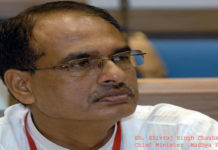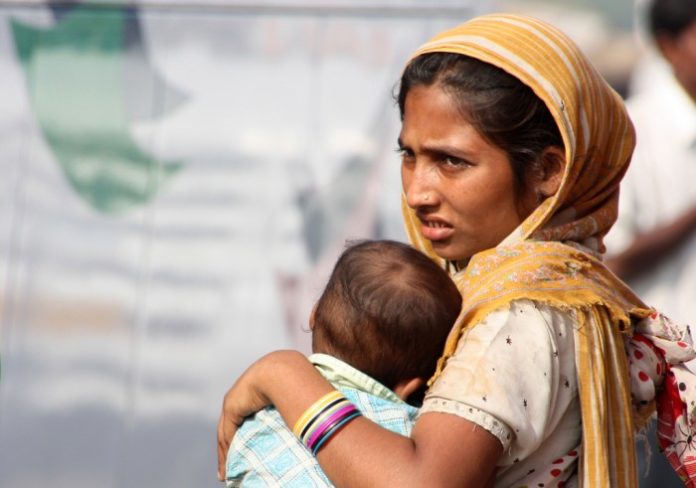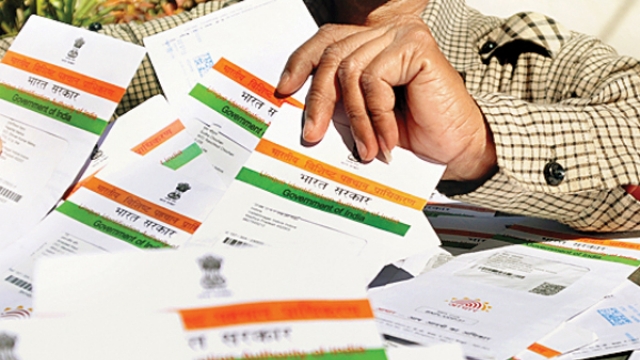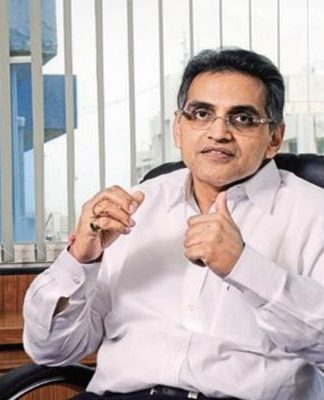Fertility rates in India are more closely related to education levels and the socio-economic development within a state, than to religious beliefs, according to an IndiaSpend analysis of government data and research evidence.
The evidence we analyze shows that richer families, states with better health facilities and higher female literacy have lower fertility rates in India. Globally, there is little evidence to link religion and fertility rates, with poorer, conflict-ridden states and countries with lower female empowerment reporting higher population growth rates.
When the office of the Registrar General and Census Commissioner of India released fertility rates for the Indian population last year, the conversation was hijacked by the difference in population growth rates across religions. Several newspapers emphasized that the data showed that Muslim women had higher fertility rates than non-Muslims, and that the percentage of Muslims in the population was steadily growing.
The numbers showed that the proportion of Muslims in India had grown to 14.2% of the total population in 2011, up from 13.4% in 2001, while the proportion of Hindus had reduced to 79.8% from 80.5%. The percentage of Christians and Jains did not significantly change at 2.3% and 0.4%, respectively, while the proportion of Buddhists decreased from 0.8% to 0.7%, and that of Sikhs reduced from 1.9% to 1.7%.
This implicit suggestion that Muslims have more children than other religious communities, missed data that shows how population growth rates and the Total Fertility Rate (TFR)–or the average number of children a woman has over her childbearing years–vary widely between India’s states. The TFR seems more closely related to per capita income, healthcare and other basic facilities in that state.
Development and fertility: The case of Kerala and UP
Compare, for instance, Kerala and Uttar Pradesh (UP). In 2011, the TFR of Uttar Pradesh, at 3.3, was higher than the Indian average of 2.4, and higher than the TFR in Kerala, at 1.8, according to census data. The Muslim population in Uttar Pradesh increased 25.19%, while the Muslim population in Kerala increased 12.83% between 2001 and 2011. Over the same period, the Hindu population increased 18.9% in Uttar Pradesh and 2.8% in Kerala.
The higher growth rates of Muslims in northern states are “more or less part of a northern culture than a Muslim culture”, N.C. Saxena, the former secretary of the Planning Commission of India, said in an interview to The Wire, a nonprofit journalism portal . This is in sync with higher average TFRs in northern and central states, such as UP (3.3), Bihar (3.5), Chhattisgarh (2.7), and Madhya Pradesh (2.9), as compared to southern states like Andhra Pradesh (1.8), Karnataka (1.9), Kerala (1.8), and Tamil Nadu (1.7), according to 2011 census data.
The states with the highest fertility rates in India are all in north and central India – Bihar, Uttar Pradesh, Madhya Pradesh, Rajasthan (TFR 2.9), Jharkhand (2.8), and Chhattisgarh.
These overall fertility rates seem more related to the state’s development. For instance, Kerala has a literacy rate of 93.9%, compared to 69.7% in Uttar Pradesh in 2011. In the same year, 99.7% of mothers in Kerala received medical attention at delivery compared to 48.4% of mothers in Uttar Pradesh. 74.9% of women were above the age of 21 in Kerala at marriage, compared to only 47.6% in Uttar Pradesh.
Another way to interpret population growth rates is through the difference in poor and rich states. Empowered Action Group (EAG) states, which include the poorest in India–Rajasthan, UP, Uttarakhand, Bihar, Jharkhand, Madhya Pradesh, and Chhattisgarh–have higher population growth. Between 2001 and 2011, the population of EAG states grew at a rate of 21%, compared to 15% for the rest of India. Still, decadal population growth rates in even EAG states have fallen when compared to the decadal growth rate of 24.99% between 1991 and 2001.
Read the story here
Feature image courtesy thegiftofwriting.com



























